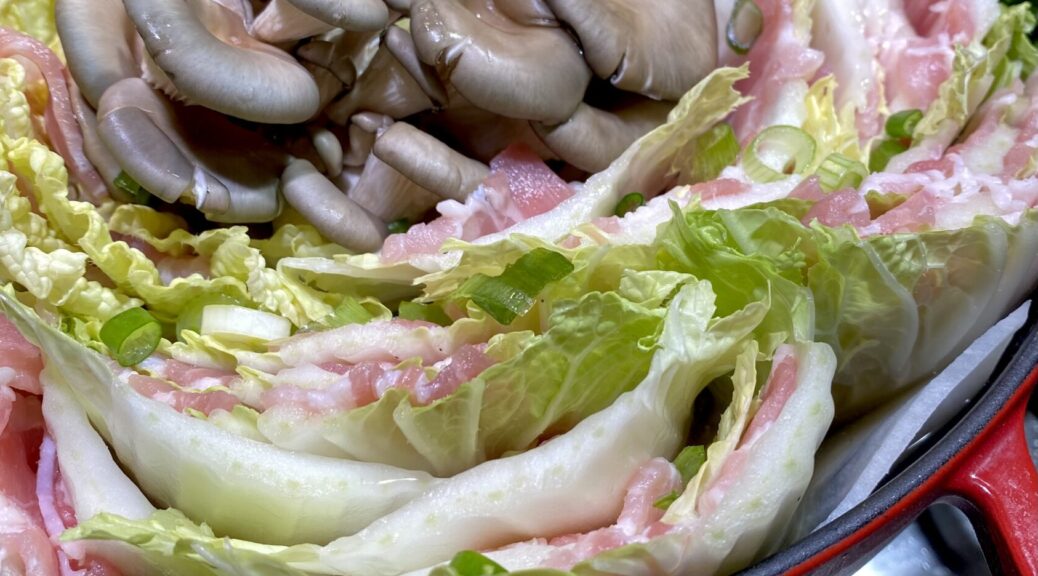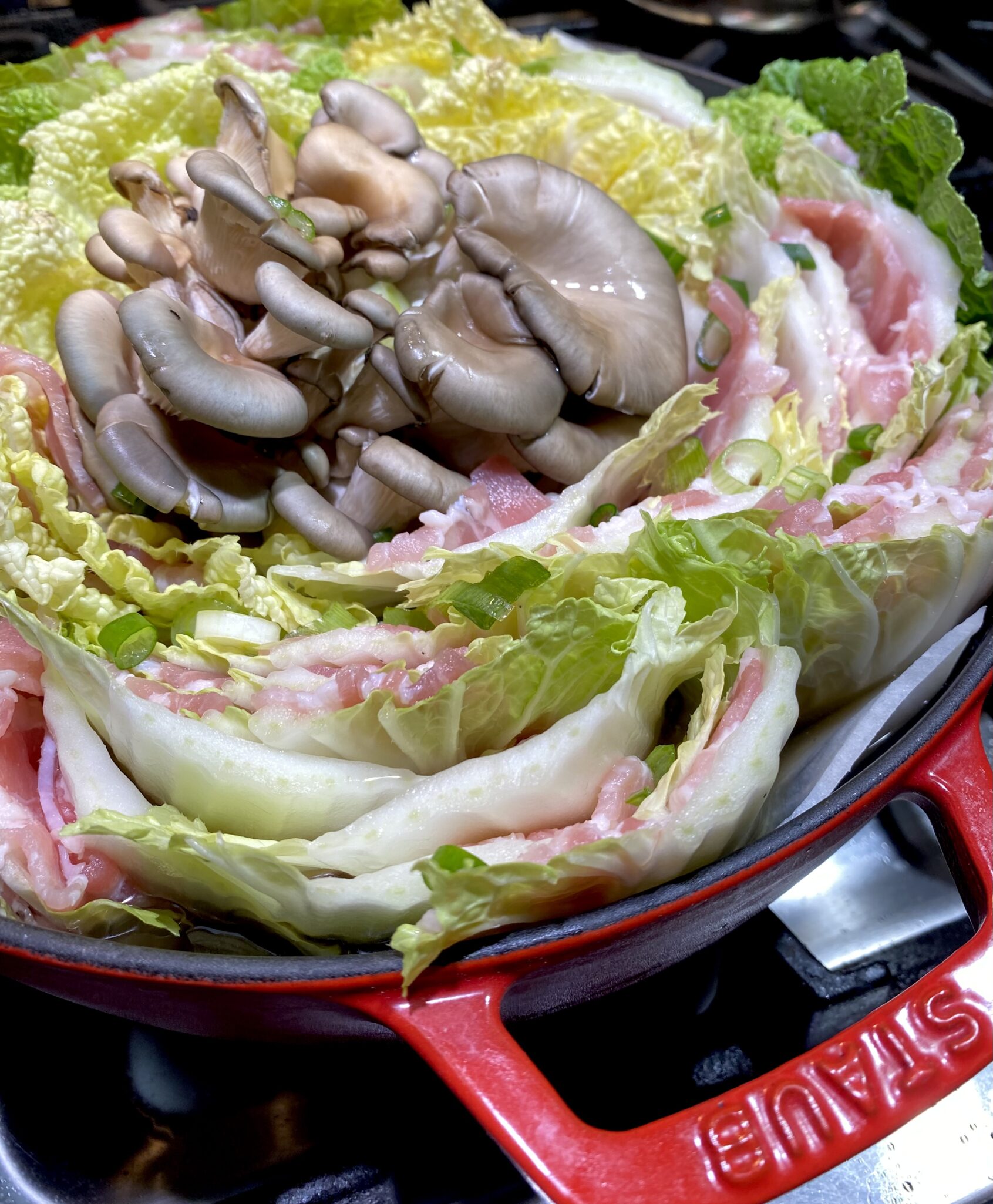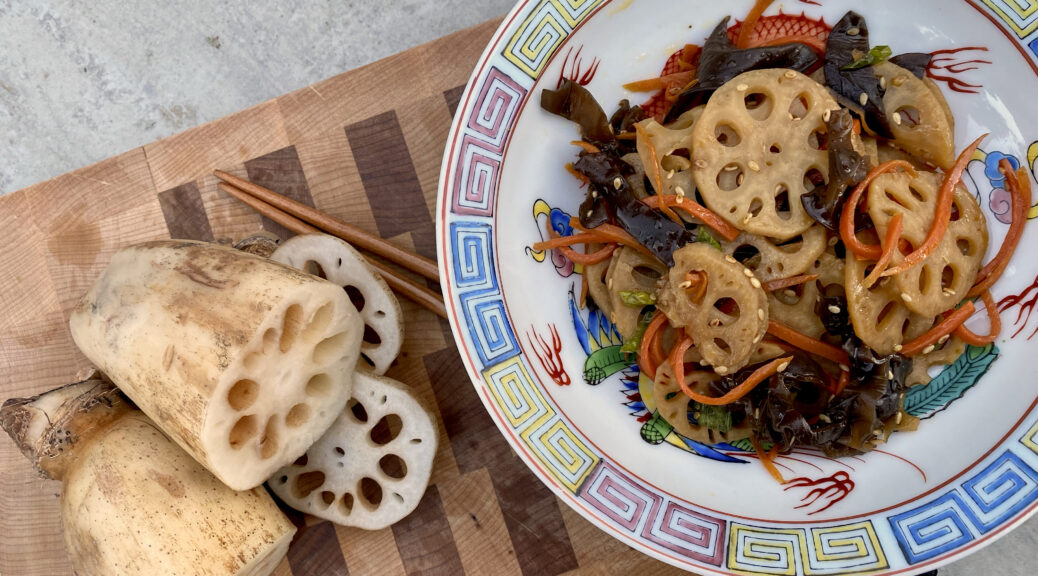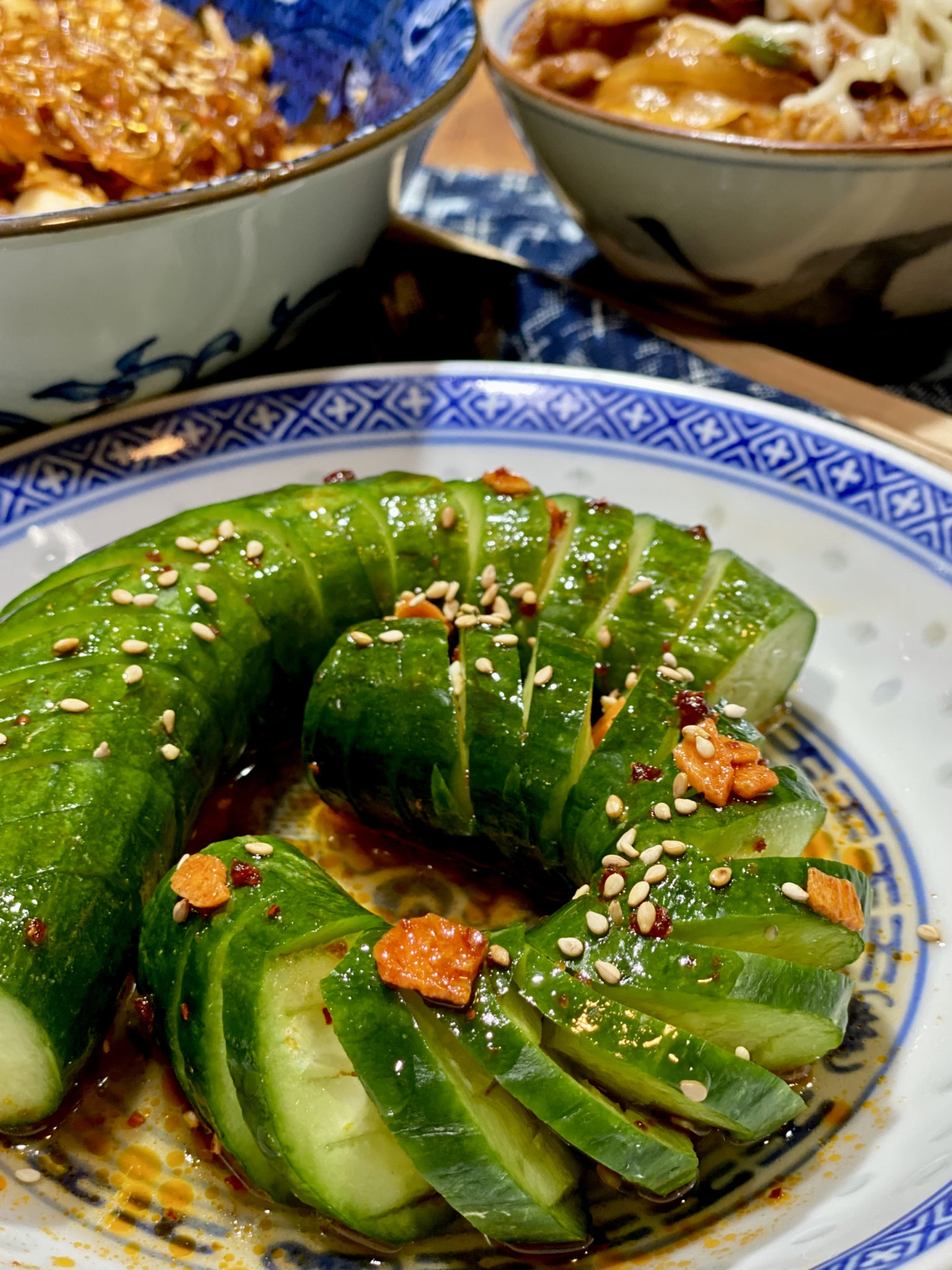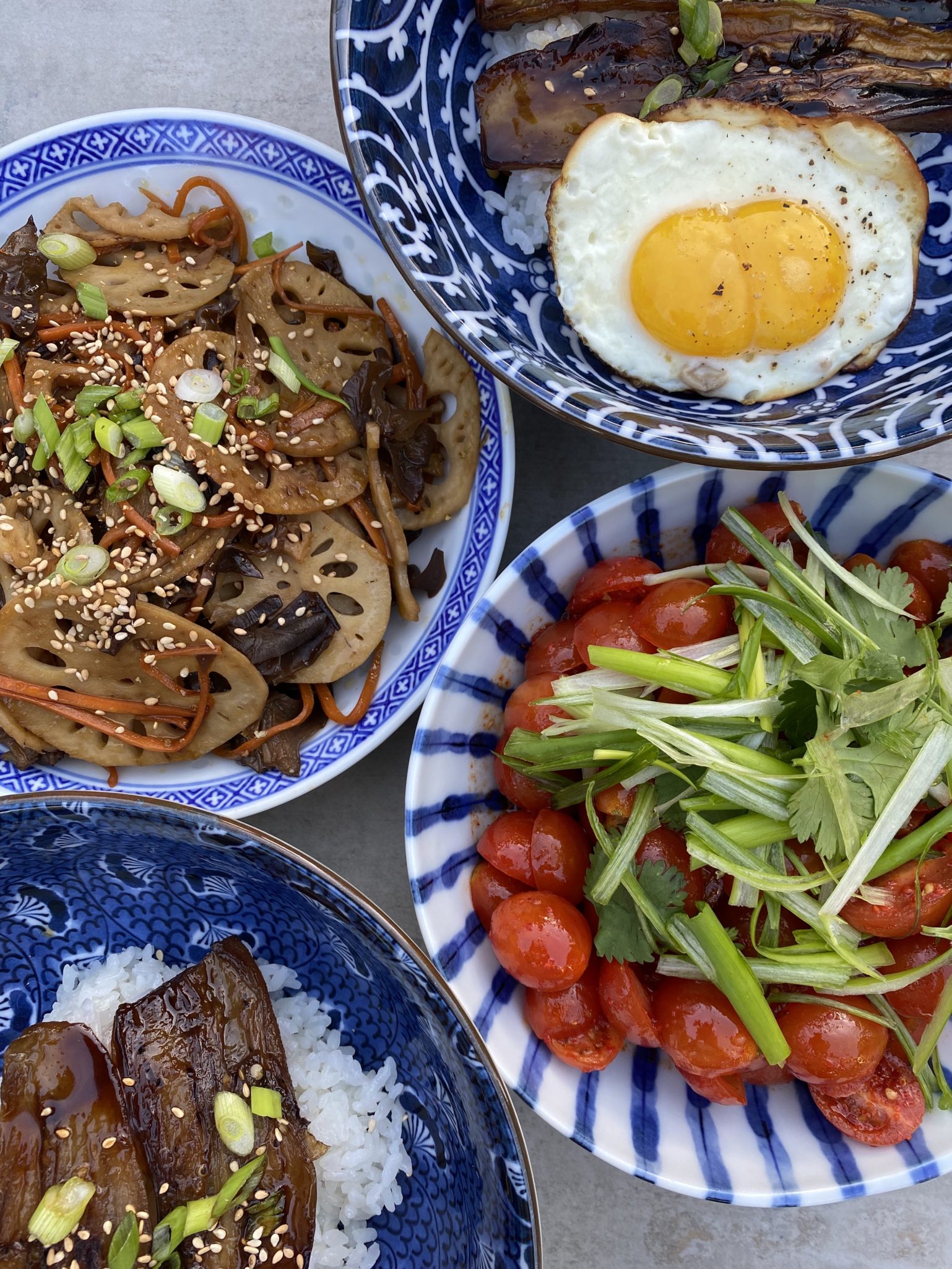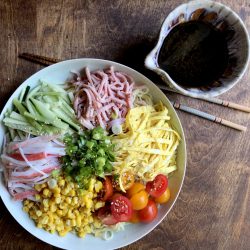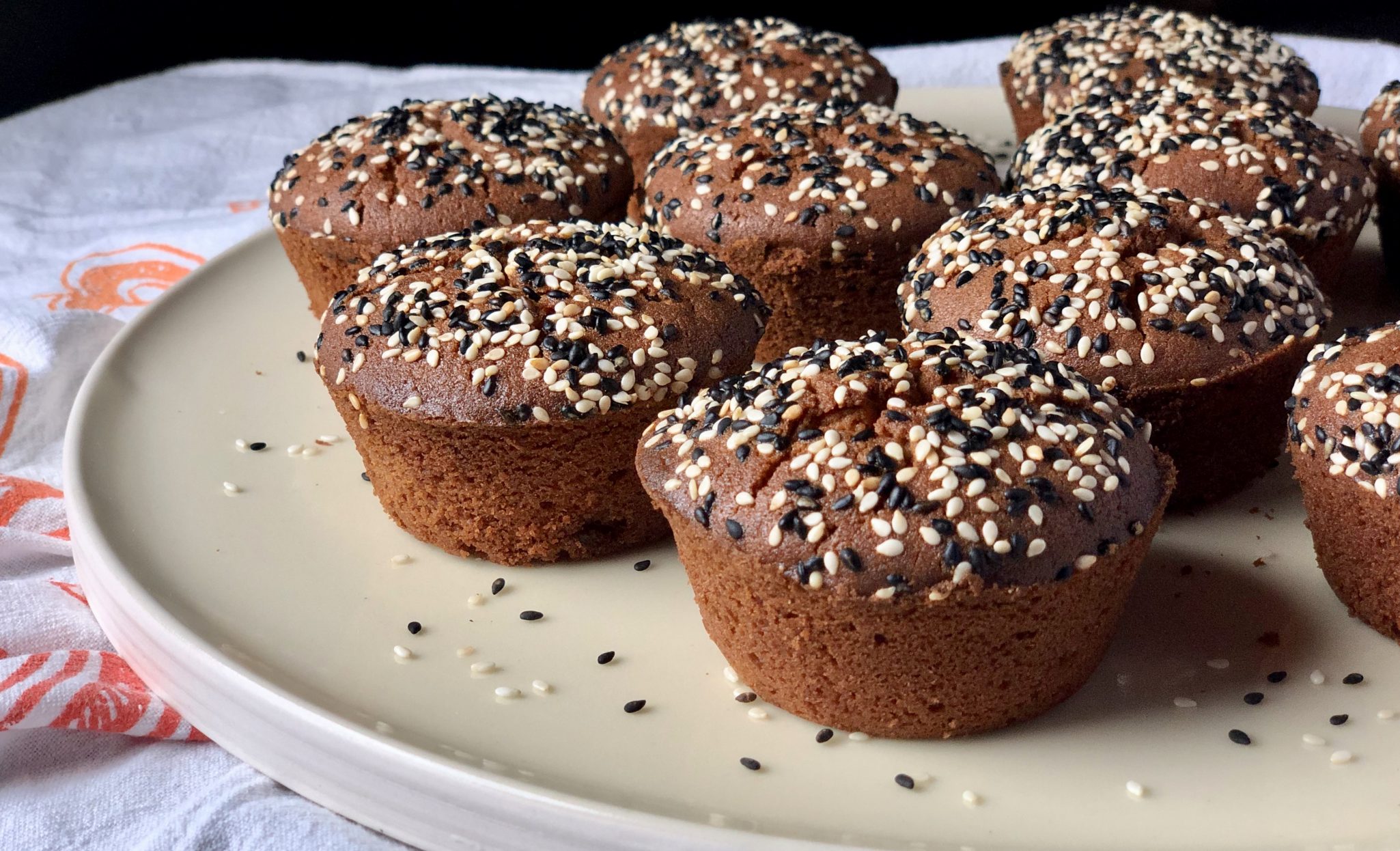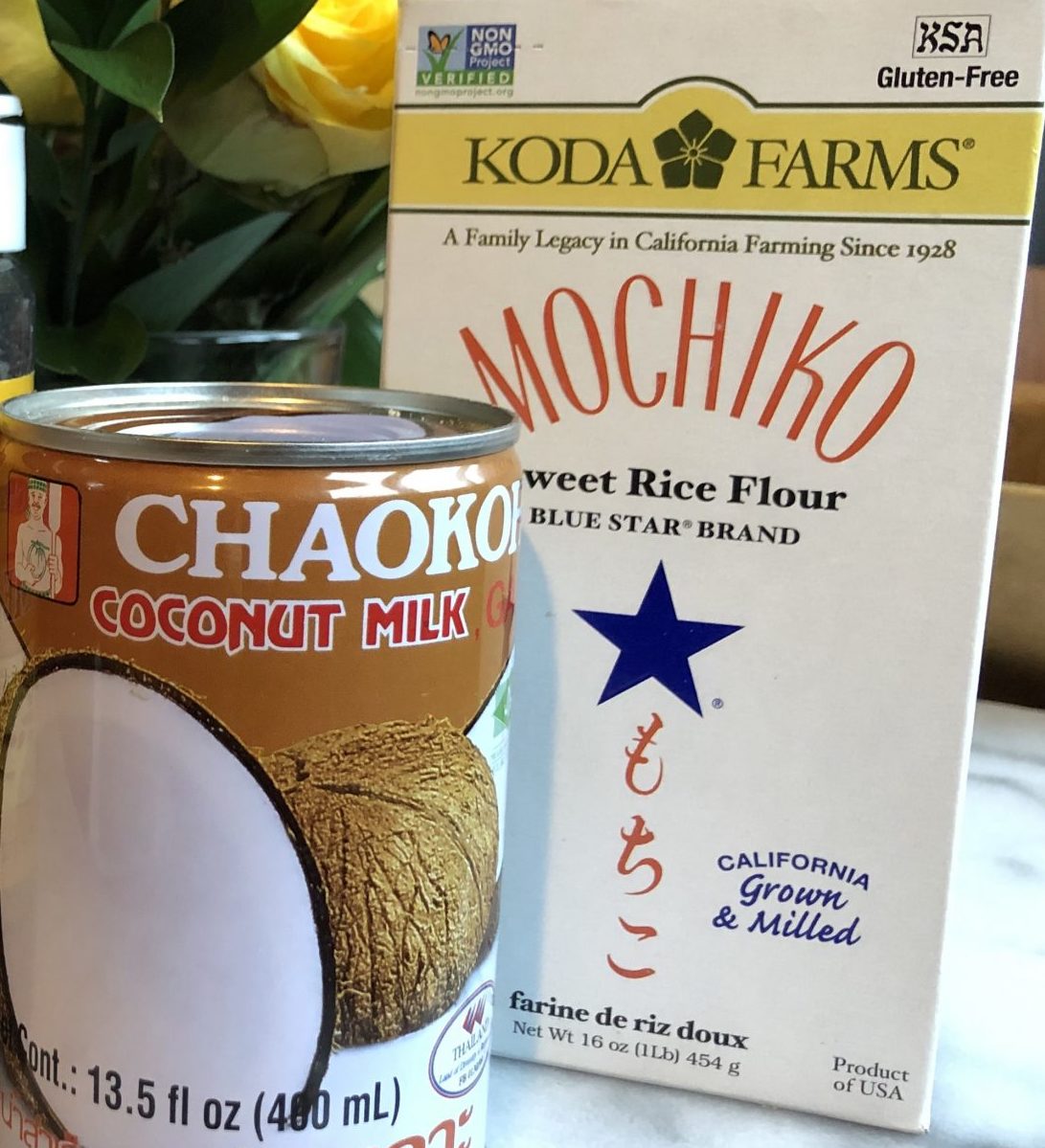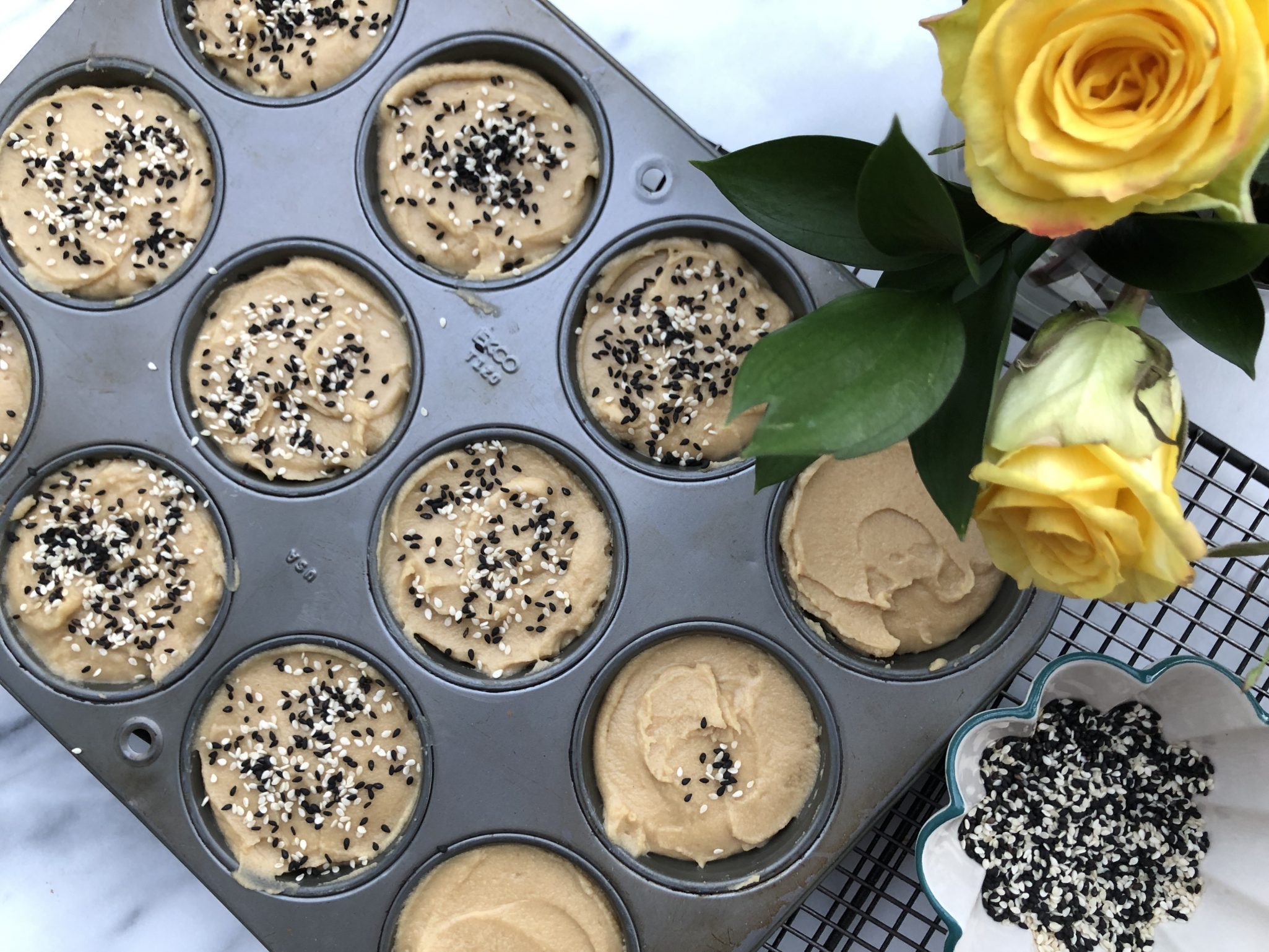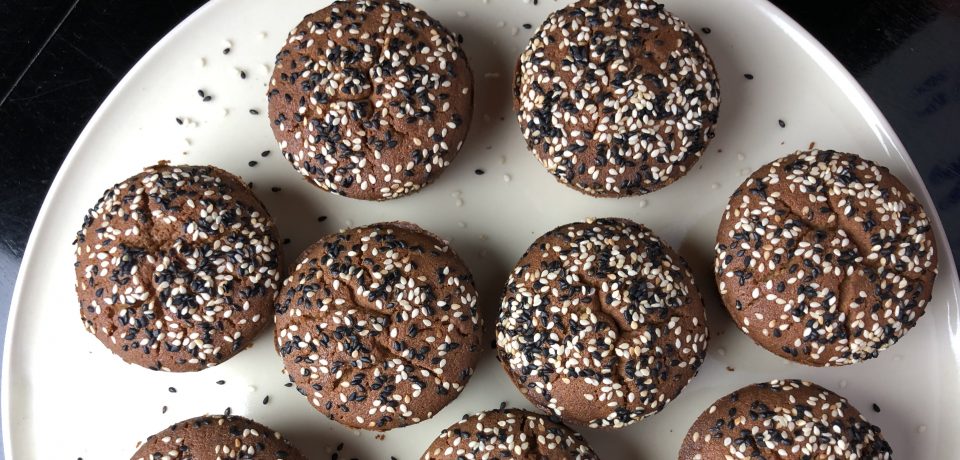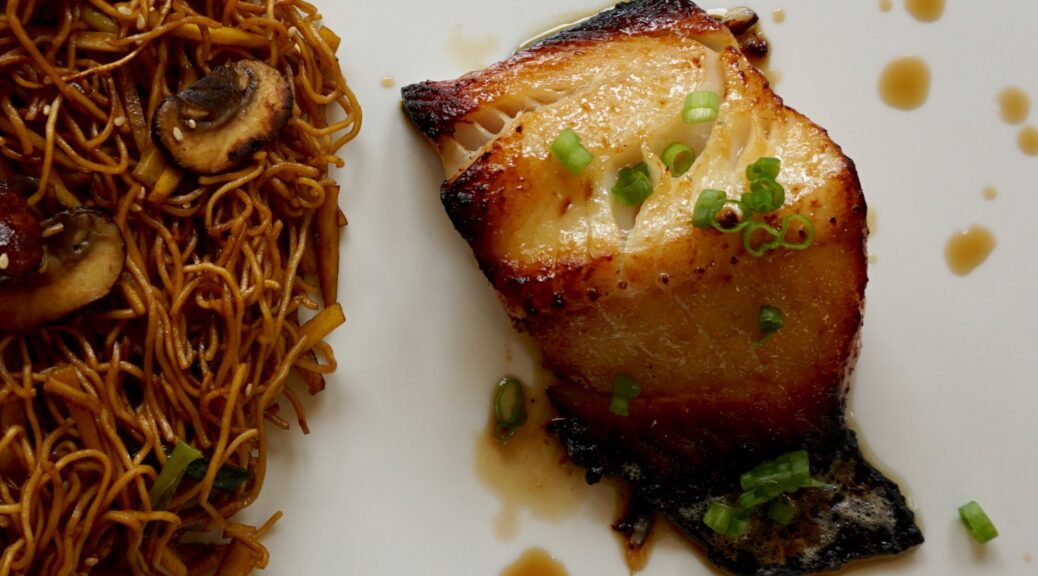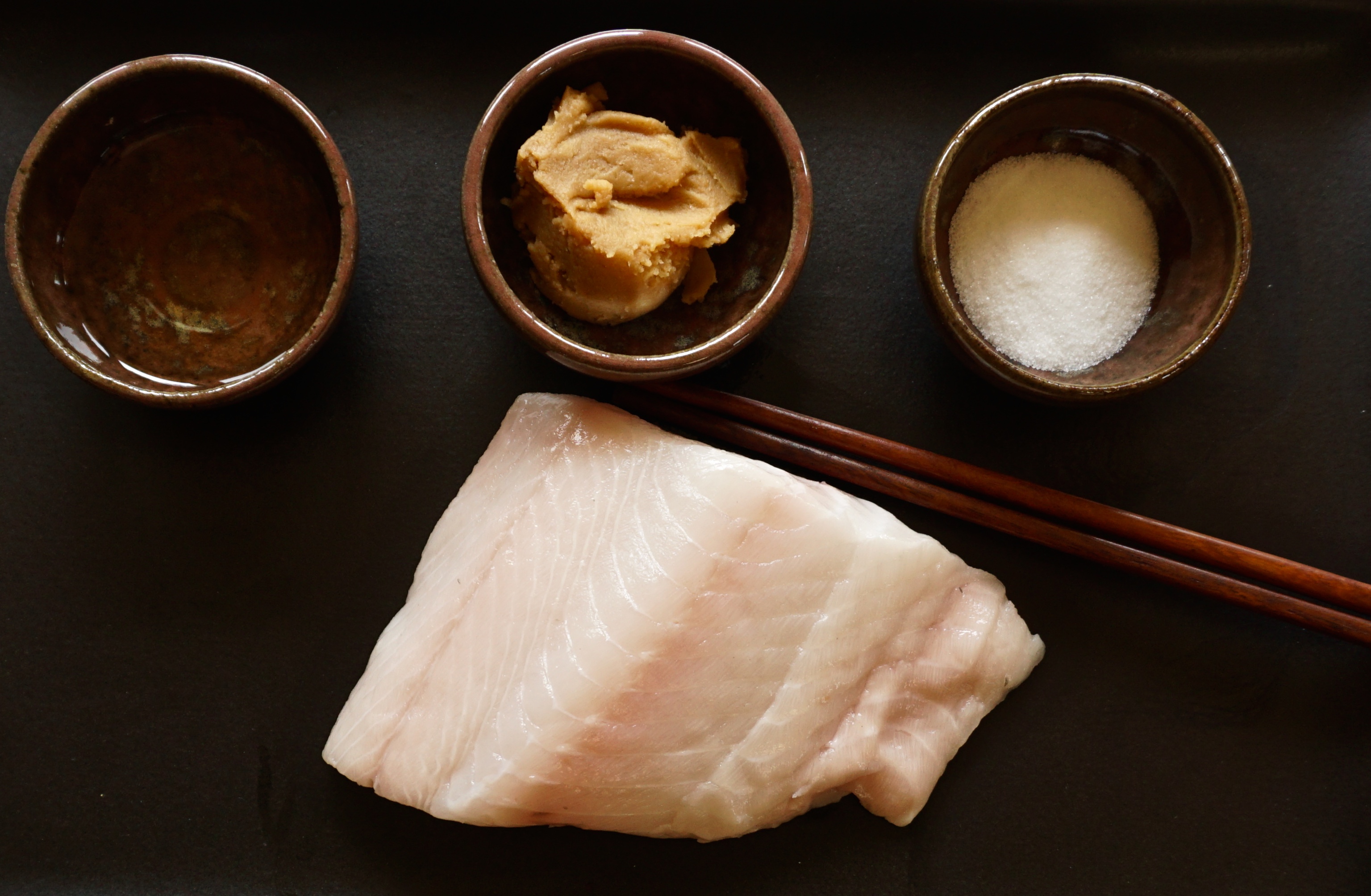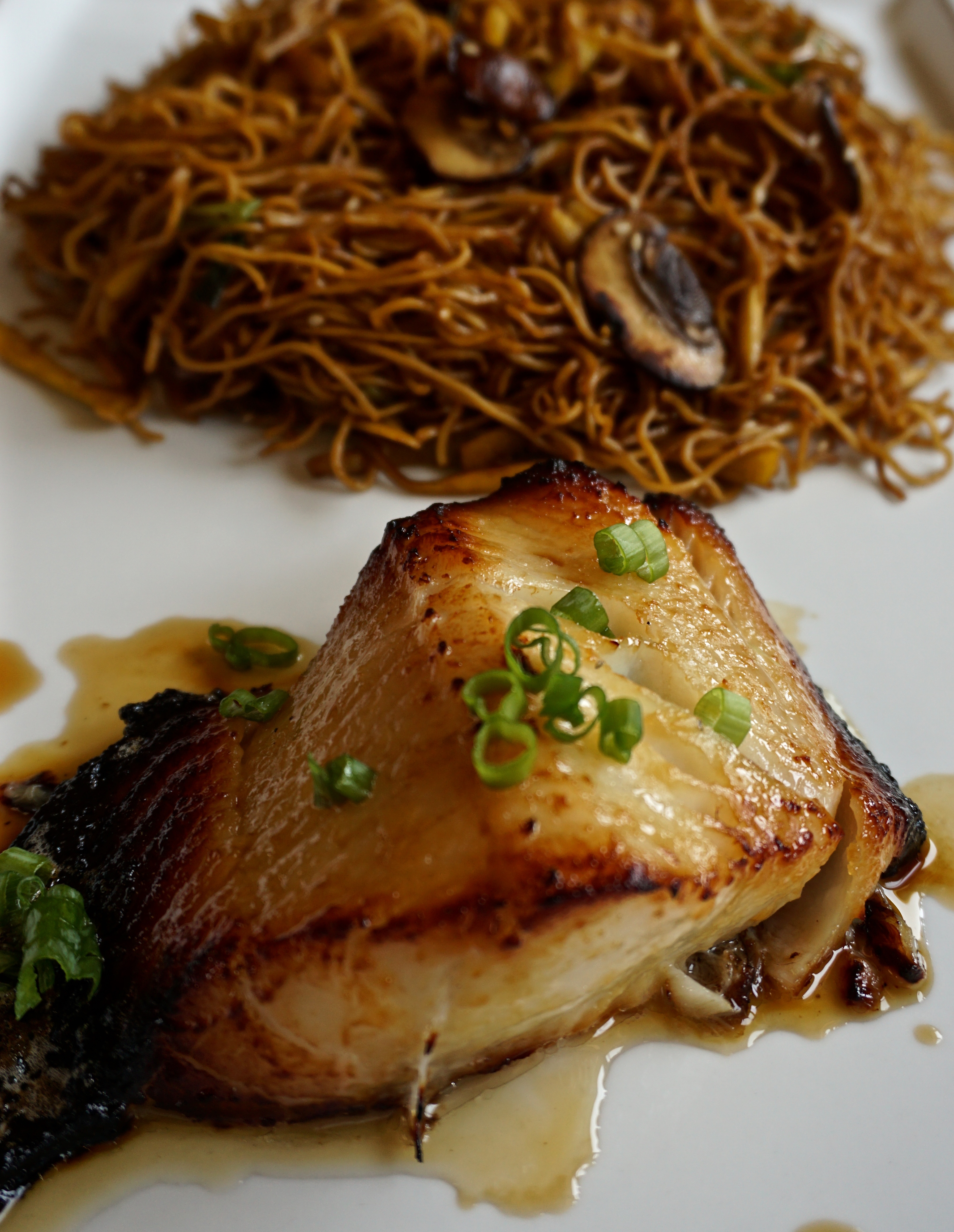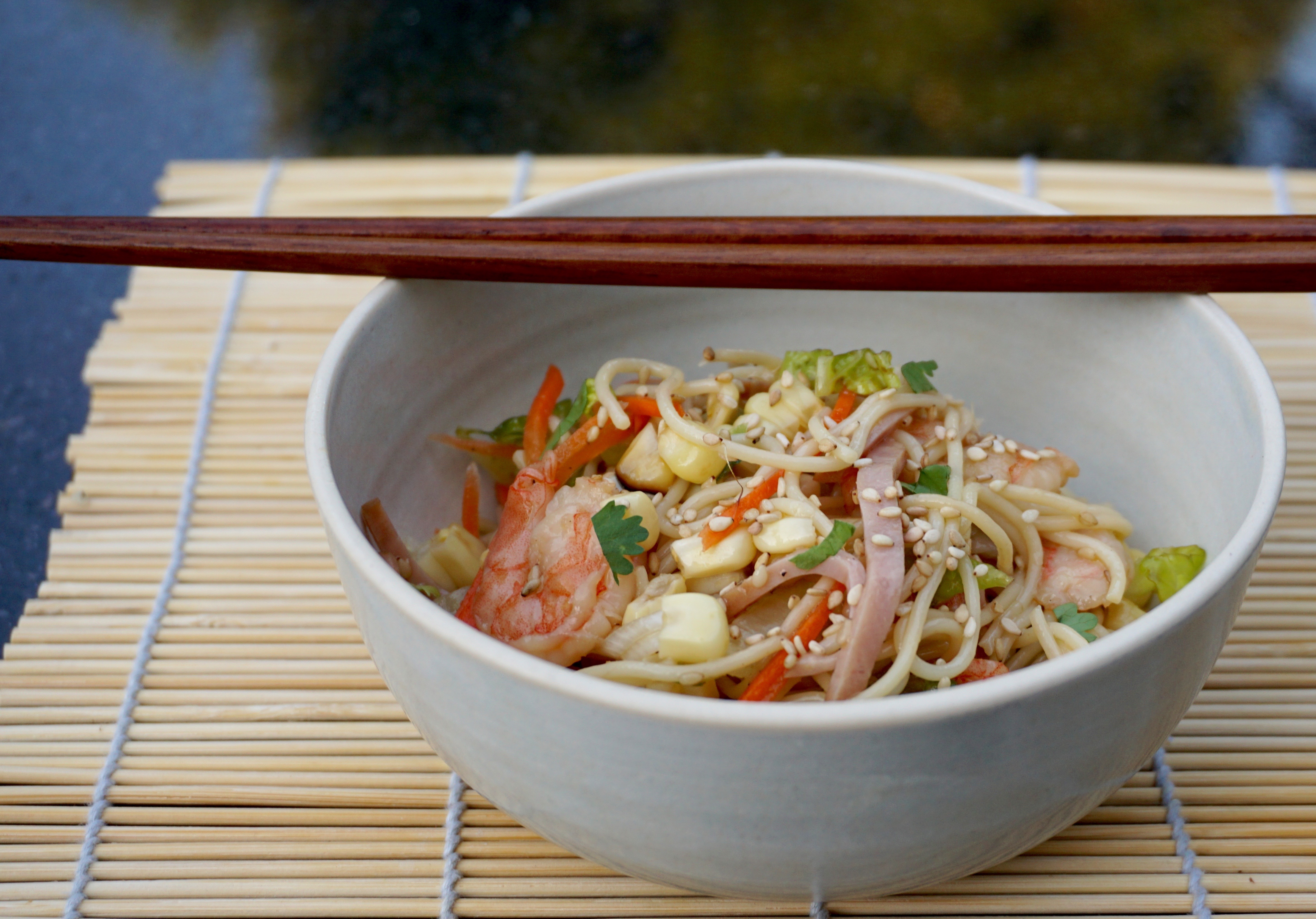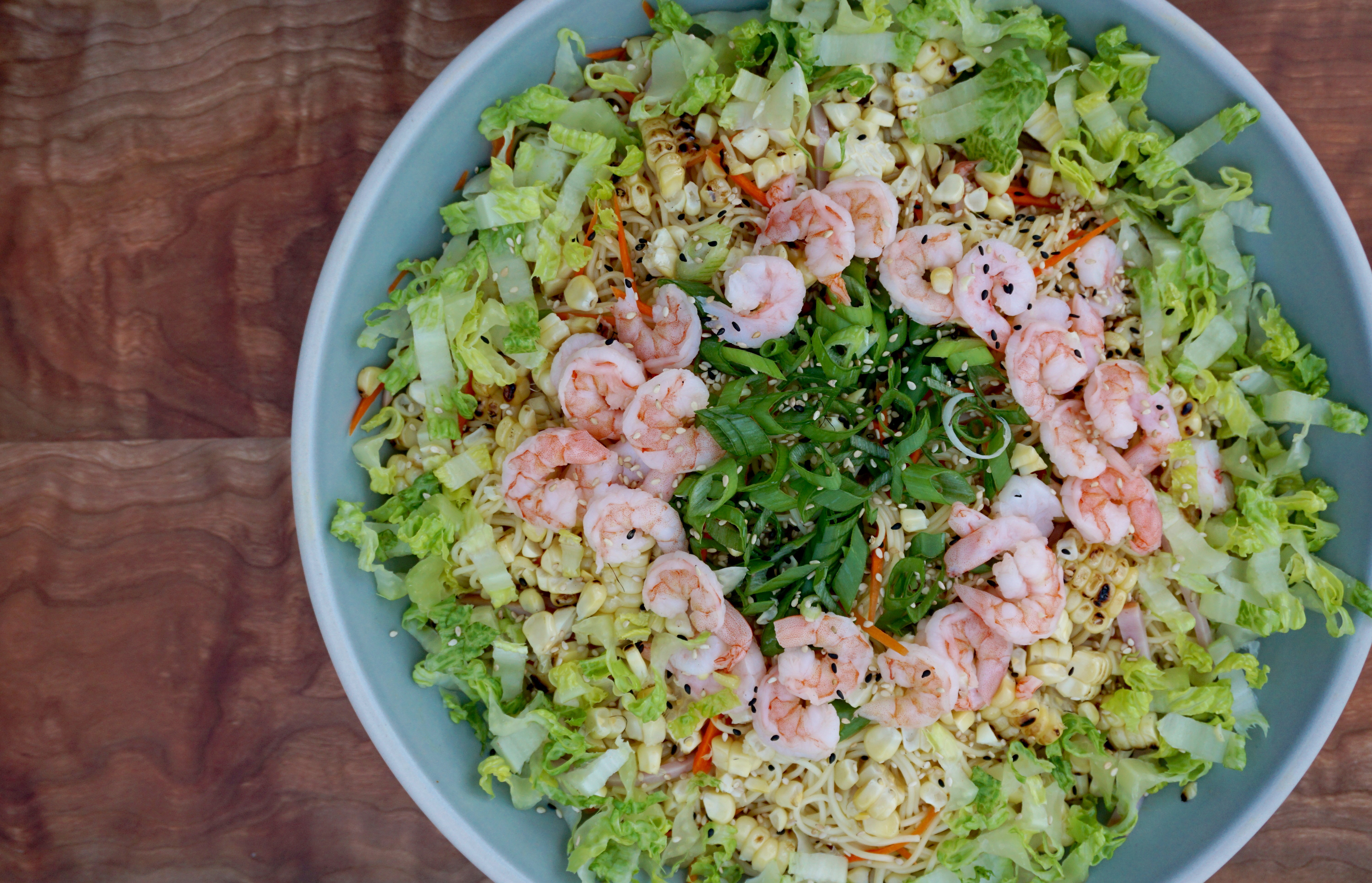
Chicken Wings and Daikon Nimono + TV for Rainy Days
It’s raining once again in California. Which is the best excuse to stay home (in sweats), watch a lot of TV, bake and cook. I started the weekend on a carb bender. First, I made No-Knead Focaccia from Bon Appetit, it gets a big thumbs up, pillowy, springy, and delicious. Caveat: You will have to start a day earlier for said focaccia, 8 hours of resting time. Then I started on Kristina Cho’s Milk Bread from Mooncakes and Milk Bread, also extremely delicious. Think of it as the Asian version of Brioche, slightly sweet, buttery, rich, and soft.
THEN, I needed a Bake Break
Well, actually, my hips needed a break. The combination of being a couch potato and baking is to say the least, lethal. I had to pick one, couch or carbs. Couch won. Mainly because I started watching a cute, sweet Japanese show on Netflix called Makanai: Cooking for the Maiko House. In a nutshell, two BFFs go off to Kyoto to become geishas. One is a total washout but a fabulous cook (thanks to her grandmother) and becomes the Makanai or resident chef for the geisha house. A role usually held by an older woman. In each episode, she makes something yummy, often a comforting, homestyle dish.
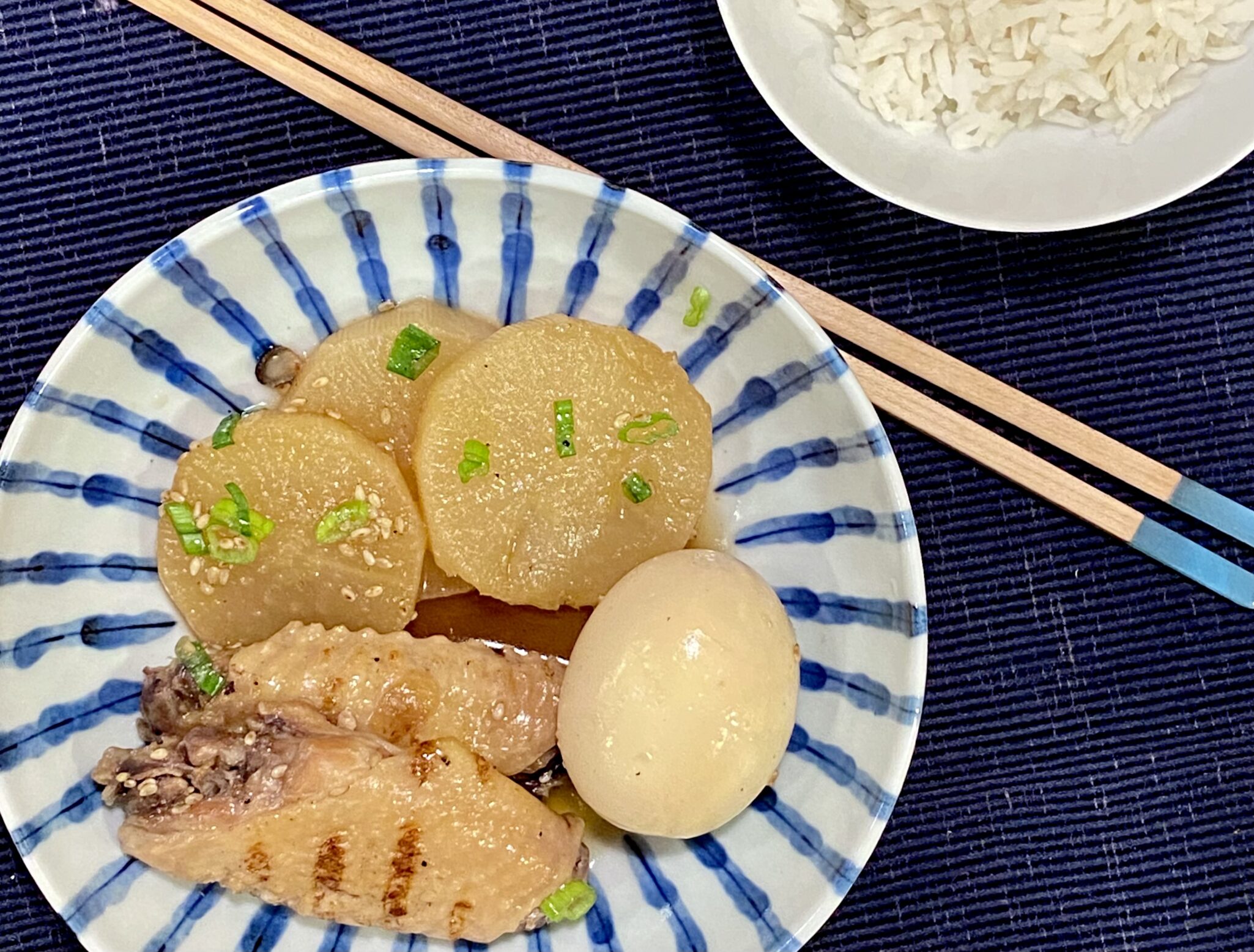
Well, you can’t sit there watching without a bowl of something delicious. The cold, wet, weather and The Makanai put me in the mood for Nimono. Nimono, a family-style dish usually contains protein, vegetables, or tofu that are simmered in seasoned dashi (stock). I scoured my fridge and found chicken wings and daikon (radish) perfect for nimono.

Start by browning the wings. I got fancy and grilled them, don’t bother, one more pan to clean. Then add your dashi, seasonings, and sliced daikon and bring to a boil. Cover the nimono with a piece of parchment. This keeps everything submerged so it cooks evenly. Then lower the heat and simmer for 15-20 minutes or until the daikon is soft. Pierce daikon with a knife to test. Korean radish would work well also.
Meanwhile, as chicken and daikon are simmering, make your eggs. Use the ramen egg recipe for a soft center yolk. Cool the eggs and peel. Place eggs in cold water to chill (so it doesn’t overcook when you put it in the Nimono).
When the radish is soft, Place eggs in Nimono. Try to submerge them so they absorb some of the flavor of the broth. Simmer additional 5 minutes.
Garnish with green onions, and or sesame seeds. Serve with rice, in front of the telly, watching Makanai, or Midnight Diner, or Julie and Julia…
Chicken Wings and Daikon Nimono and Netflix
Ingredients
- 6-8 Ounce Daikon radish can use Korean radish cut into 1/2 inch rounds
- 4 Eggs boiled till the yolk is still jammy, see ramen eggs post
- 8-12 Chickin wings
- 1 Clove Garlic
- 2 tsp Instant Japanese soup stock (you will need 1 cup of dashi) or make dashi with packet or Shiro dashi
- 2 tbsp Sugar
- 1 tbsp Soy sauce if using dashi packet, increase to 2 T
- 4 Tbsp Sake
- 2 Tbsp Mirin
Options
- Add mushrooms or sliced carrots with daikon if you like
Instructions
- Make dashi and set aside. You can use the powder Hondashi, or dashi bags, or Shiro Dashi concentrate. For concentrate dilute 1:12 Make 1-1.5 cups
- Peel and cut the daikon into 1/2 inch slices. Set aside.
- Sauté the chicken wings approximately 2 minutes a side in a 3-4 quart saucepan. They should be light brown.
- Add dashi to pot followed by soy sauce, mirin and sake. Add daikon on top. Bring to a boil then lower heat to a simmer. Use an otoshibuta (dropped or parchment lid) while simmering although you can forego this step. Simmer for 15-20 minutes or until radish is soft when pierced with a knife.
- While chicken is simmering, make ramen eggs or hard boil the eggs just until the yolk is barely set. Peel and place eggs in an ice bath. When nimono is done, add peeled eggs to it and let it simmer another 5 minutes. Make sure the eggs are submerged in the broth.
- Ladle the Nikon into bowls, garnish with green onions and sesame seeds. Serve with rice and a half or whole egg per person. It's worthwhile making nimono in advance, since it tastes better the next day. Or just make a larger quantity to keep. Reheat before eating at home, or reheat then let cool down again if using for bento. Can be stored in the fridge for 2-3 days.
